Best timelapse cameras in 2025 for construction, events or speeding up nature
Turn hours into seconds with these market-leading timelapse cameras
Whether you’re tracking the progress of a DIY project or shooting a sequence of the changing seasons, the best timelapse cameras make it easy to capture the passage of time with dramatic effect. We’ve extensively tested the top timelapse cameras you can buy in 2025 and ranked our favorite enthusiast and professional models in the list below.
Based on our reviews, we think the best option for most people is the Brinno TLC 2020. Its compact, waterproof build, simple interface and long battery life make it a great choice for capturing timelapses long and short. Alternatively, if you’re a professional with a higher budget, we highly recommend the Enlaps Tikee 3 Pro+. Its dual wide-angle cameras can produce timelapse footage with a resolution of up to 6K, with a built-in solar panel extending the battery life.
From affordable models to premium options, our comprehensive guide covers timelapse cameras for every budget and skill level and includes some of the best action cameras which feature handy timelapse modes. Want to know more about how our experienced reviewers thoroughly test timelapse cameras in the real world, key factors to keep in mind when making your choice, as well as direct links to the best deals available right now? You'll find all this info below.
The quick list
Want an instant summary of the best timelapse cameras? Use our quick round-up below for an overview of our top picks for every need and budget. You can read more about a specific timelapse camera using the links beneath each entry.
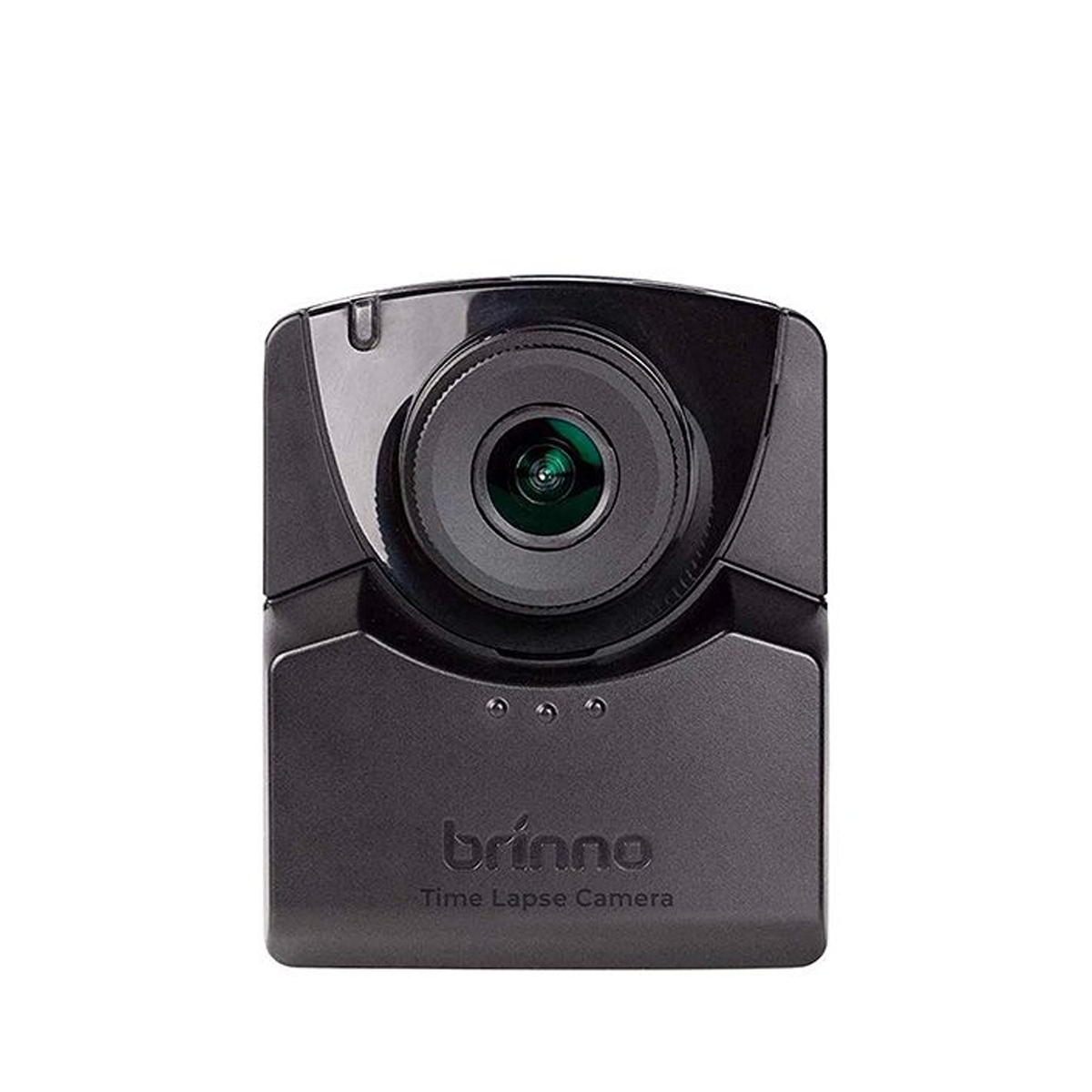
The best for most people
The Brinno TLC 2020 tops our list thanks to its compact size, waterproof housing, long battery life and an ability to be mounted almost anywhere.
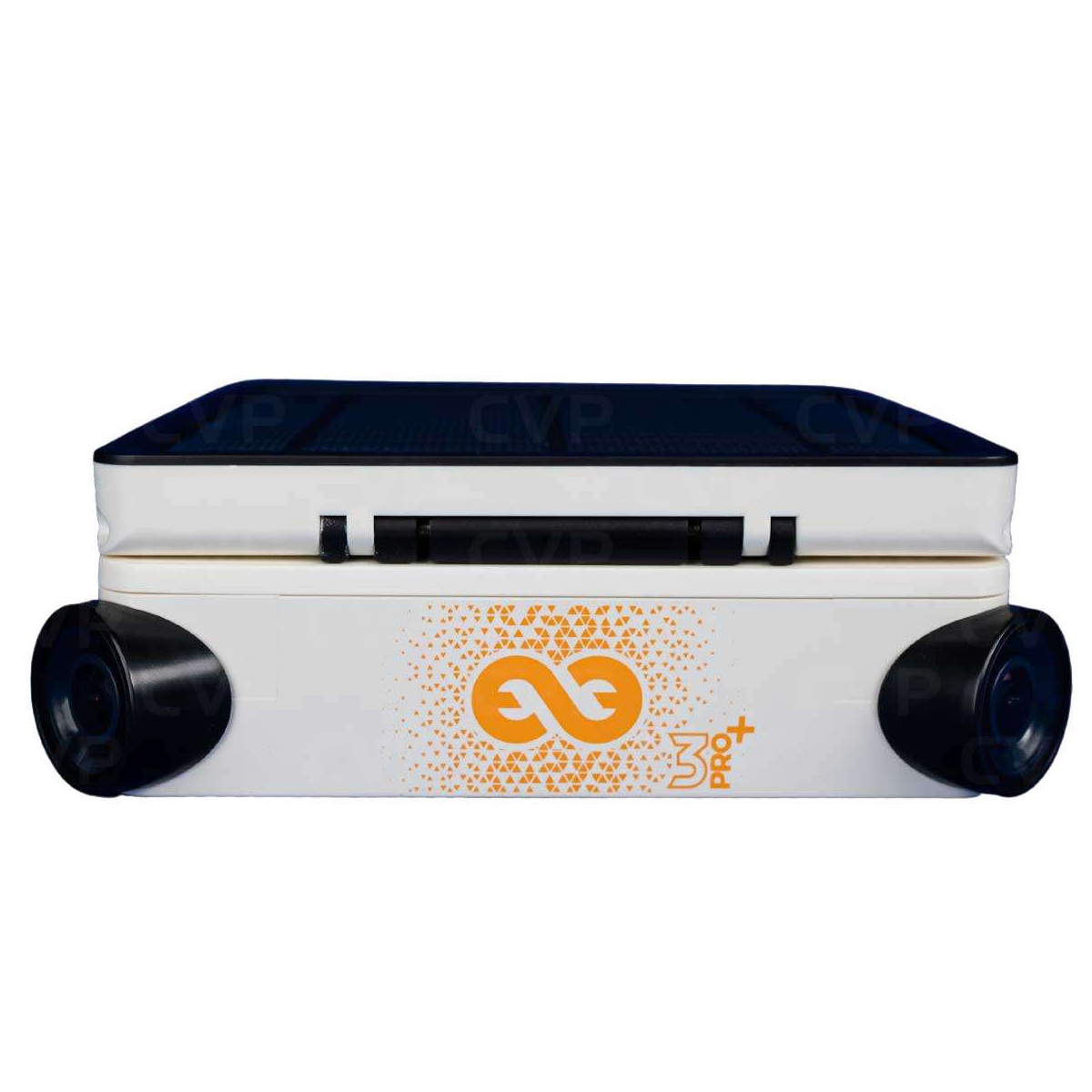
The best timelapse camera for pros
The Tikee 3 Pro+ isn't cheap, but 6K image quality, Wi-Fi and 4G connectivity, plus a solar panel, make it a top-end timelapse camera for pros.
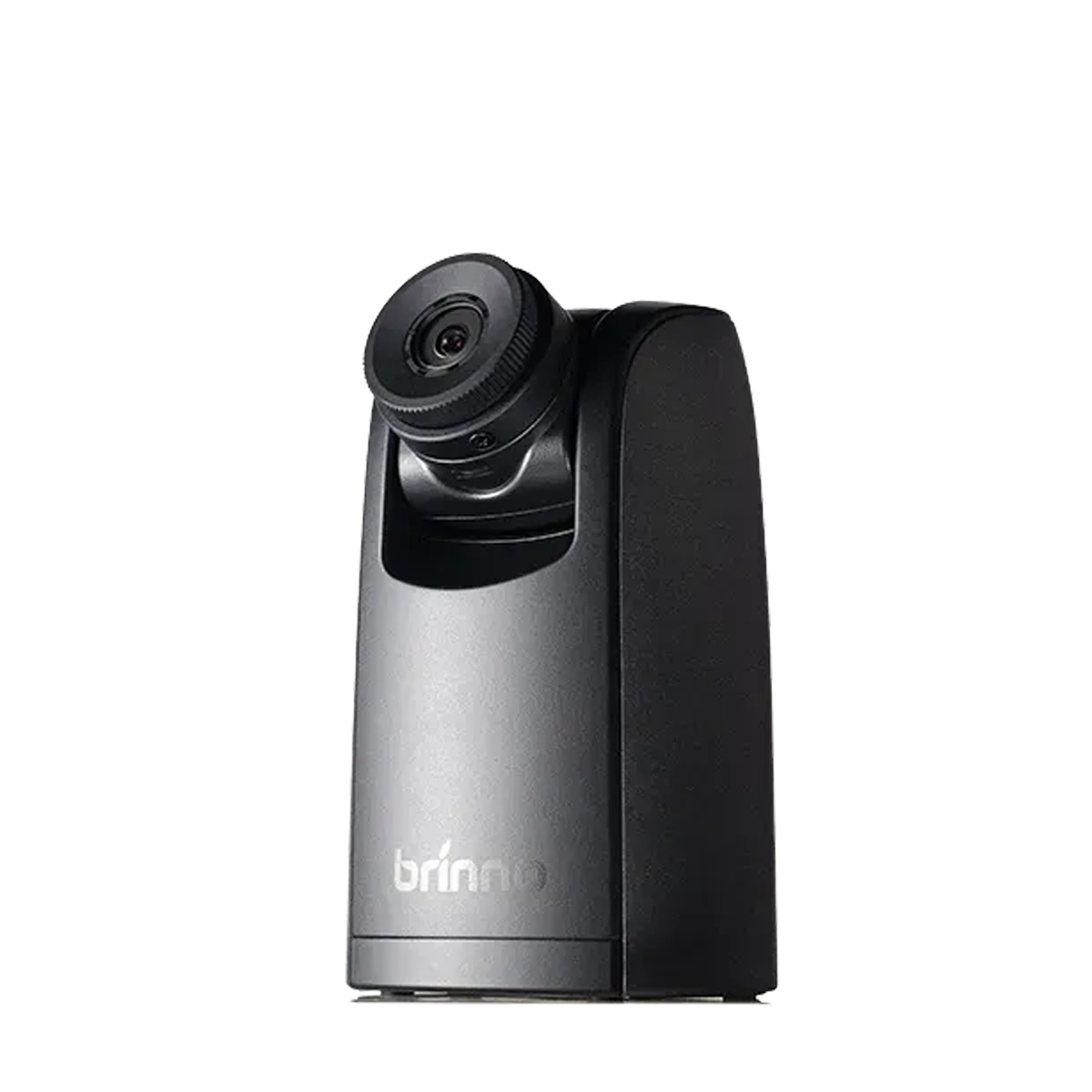
The best timelapse camera for simplicity
A simple solution for timelapse photography, the TLC 300 makes it easy for just about anyone to operate. Lots of accessories are available, too.
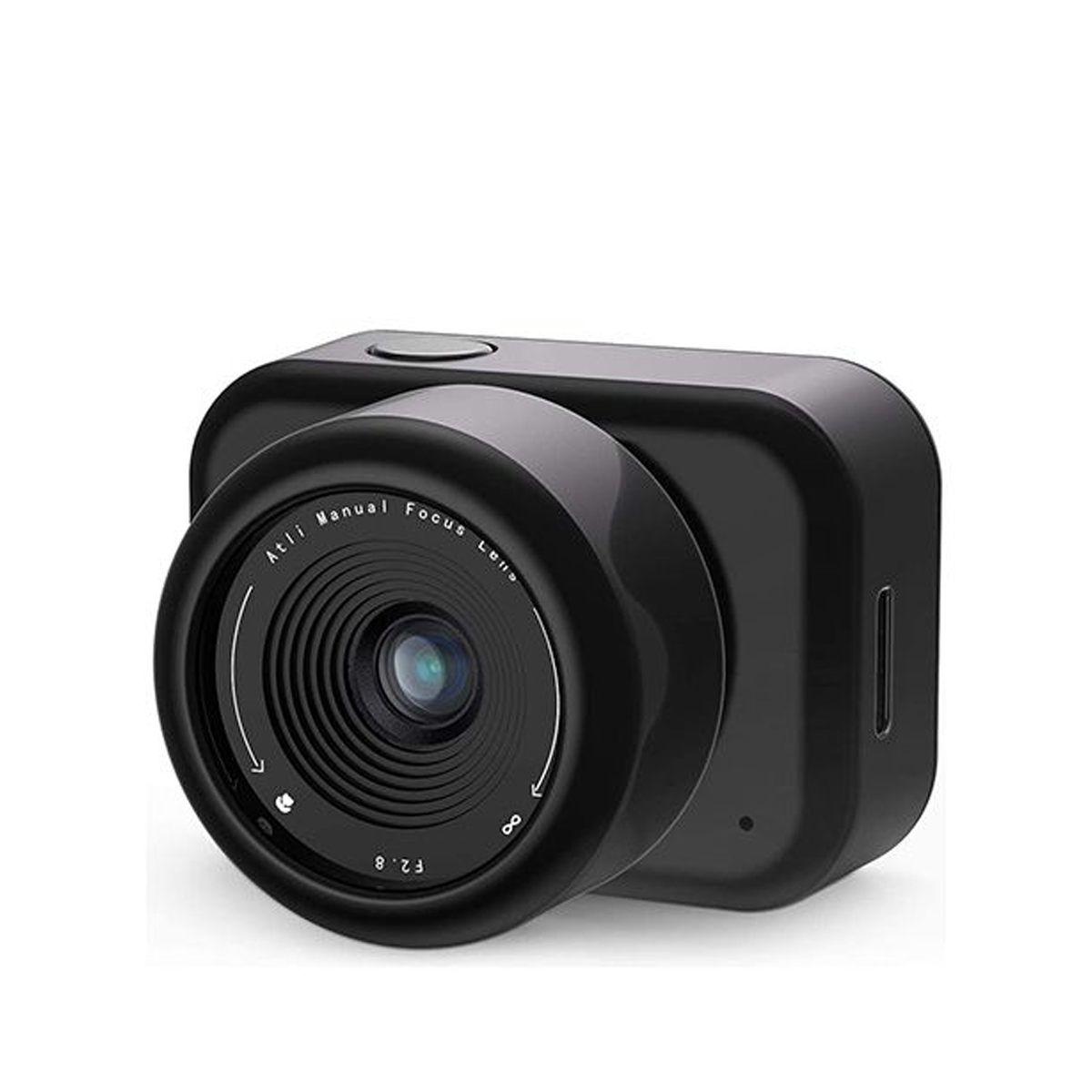
The best budget timelapse camera
An affordable choice, the Atli Eon is easy to use, shows a live preview via the app, and can be powered externally for longer timelapse projects.
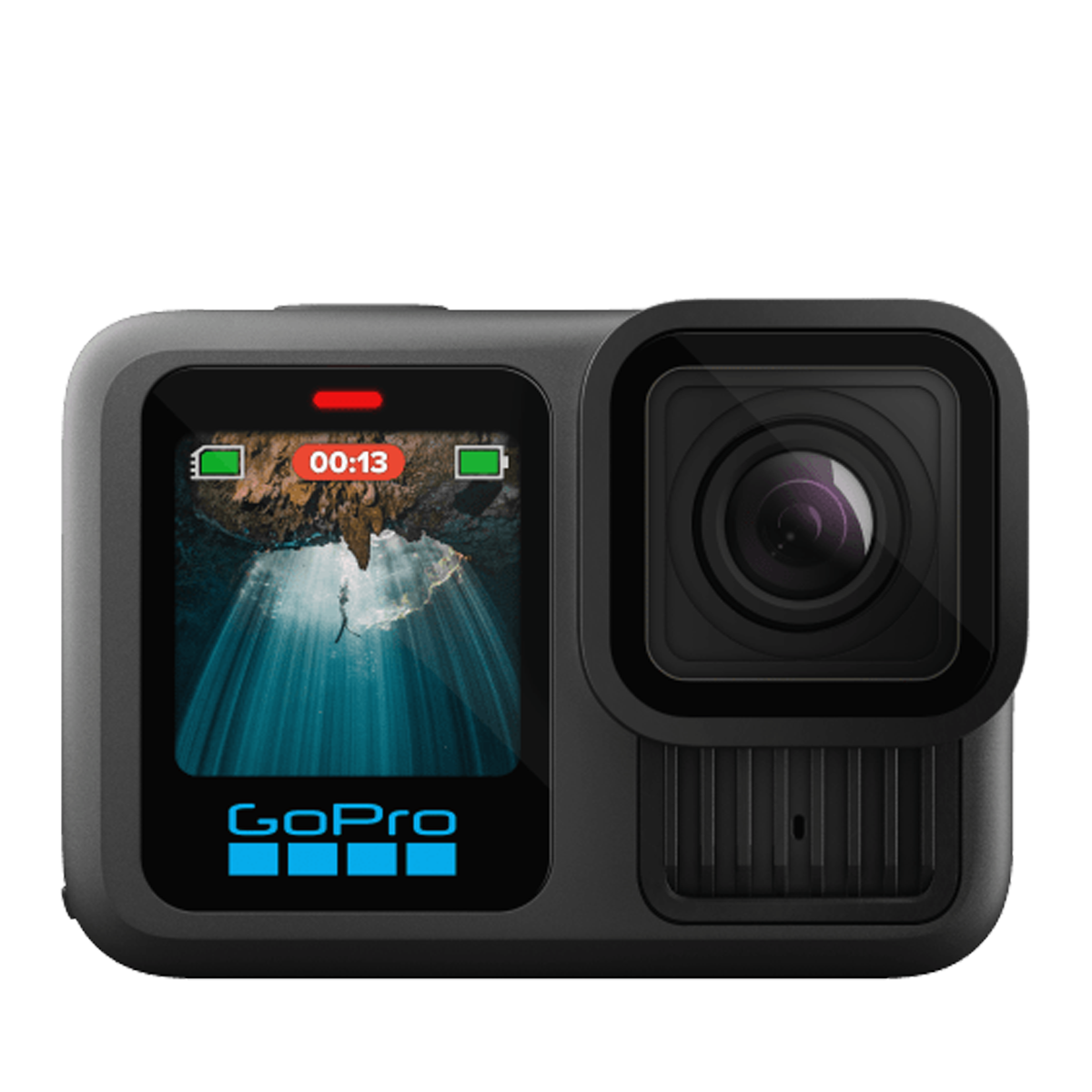
The best action camera for timelapses
Our top action camera shoots 5.3K timelapses, with full manual control day and night, plus modes for Star Trails, Light Painting and Vehicle Lights. It boasts better battery life than the Hero 12 Black, too.
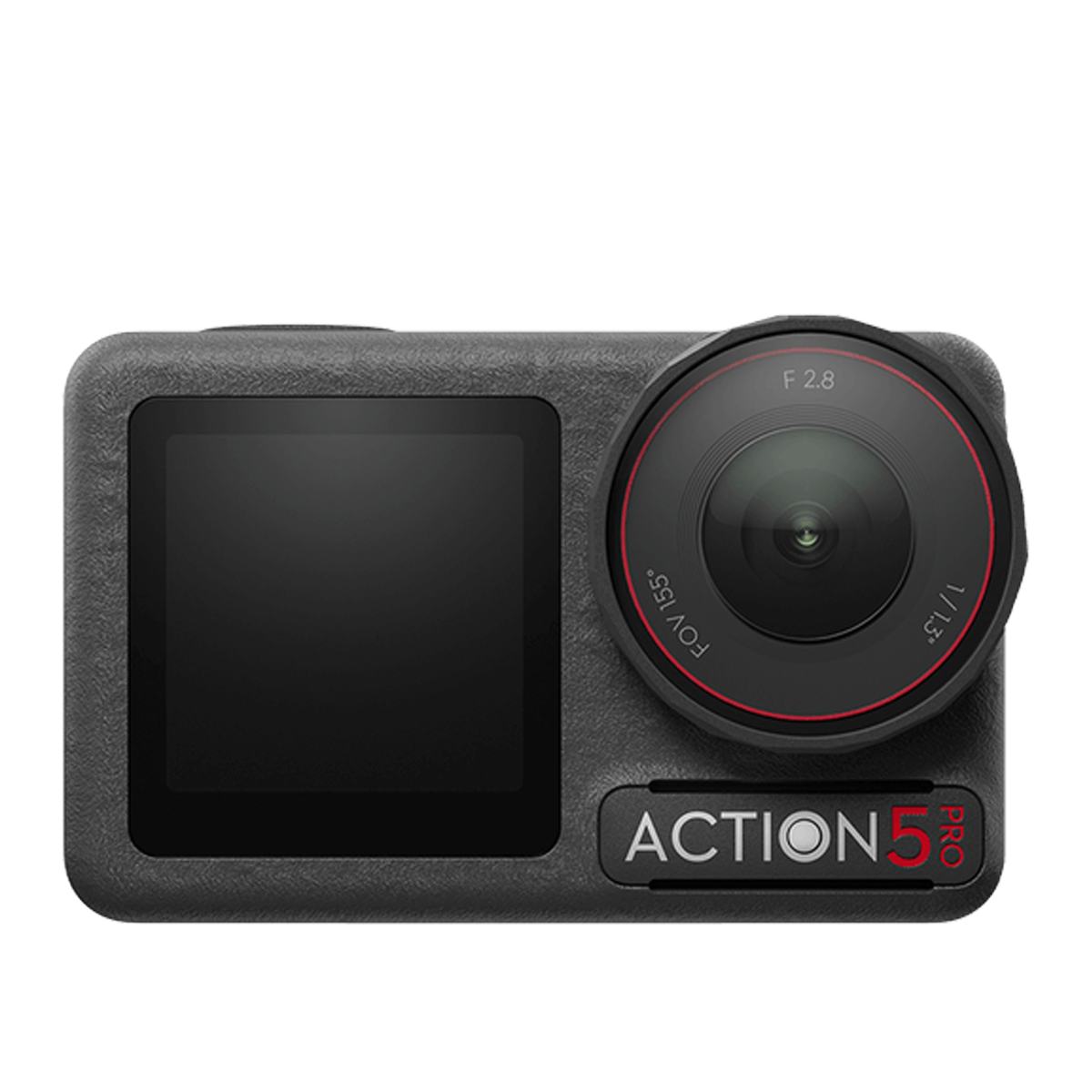
Best GoPro alternative
Another action camera with a dedicated timelapse mode, the Osmo Action 5 Pro performs better in low light and has longer battery life.

Tim is TechRadar's Cameras editor, with over 15 years in the photo video industry and most of those in the world of tech journalism, Tim has developed a deeply technical knowledge and practical experience with all things camera related. Tim notes, "Your smartphone works well in a pinch, but you're going to want a proper camera to create beautiful timelapse photography. Key features to keep in mind are image resolution and field-of-view, as well as maximum timelapse length, battery life and the ability to create timelapse videos in camera, rather than exporting to a computer first."
The best timelapse camera in 2025
Why you can trust TechRadar
Below you'll find full write-ups for each of the best timelapse cameras in our list. We've tested each one extensively, so you can be sure that our recommendations can be trusted.
The best timelapse camera for most people
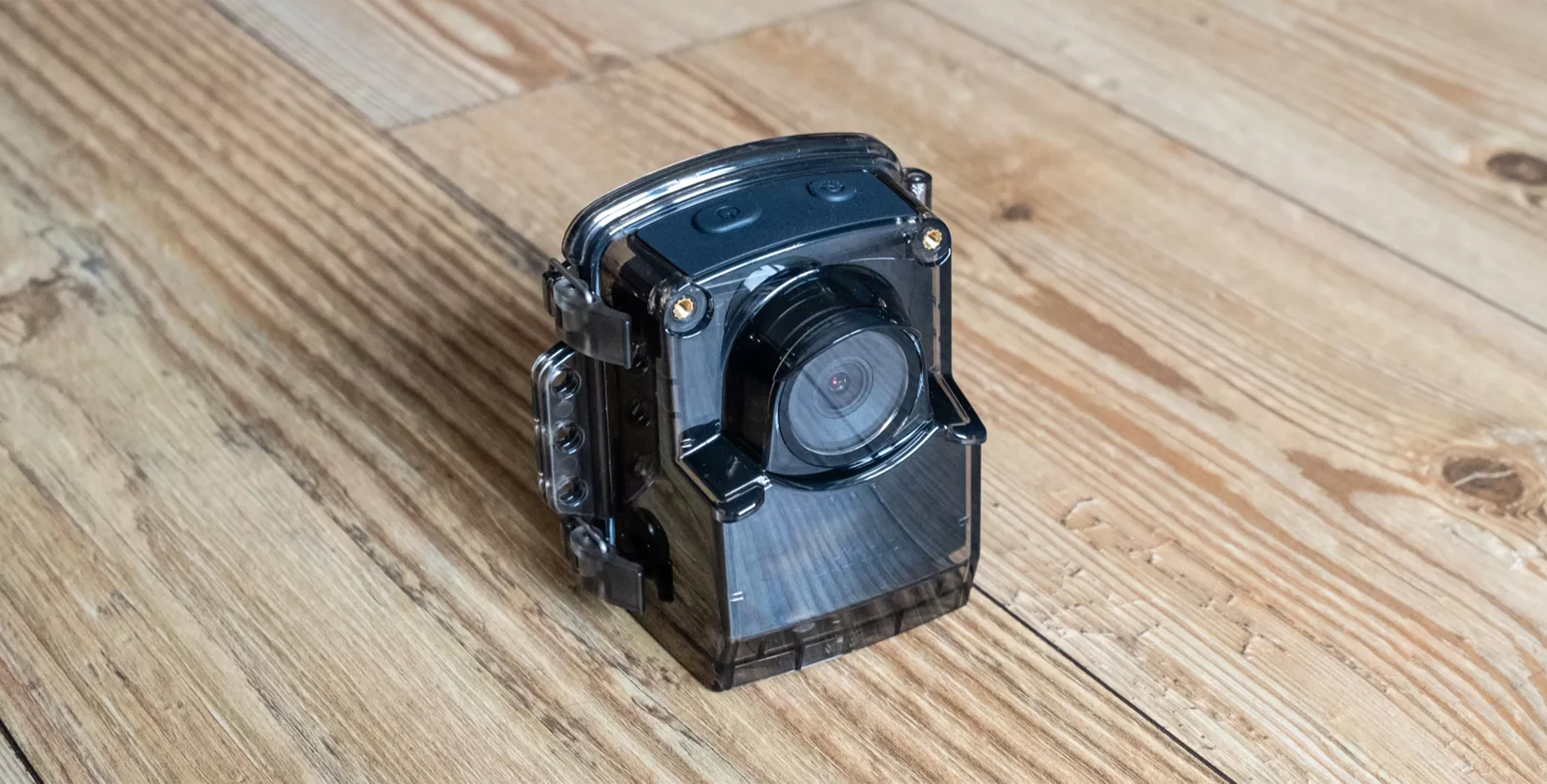
Specifications
Reasons to buy
Reasons to avoid
Brinno TLC 2020 video sample
The Brinno TLC 2020 is the timelame camera we recommend for most people. It strikes a good balance when it comes to cost, features, design and ease-of-use, while also offering flexibility via a wide range of accessory kits.
We’re fans of the compact, lightweight design of the TLC 2020, and how with its waterproof case and mounting options it can be used almost anywhere. Both long and short timelapse projects are achievable with this camera, and there are multiple shooting modes to help get exactly the shot you want.
The minimum focusing distance of 60cm means this isn’t a timelapse camera best suited to close-up shots – of flowers coming into bloom, for example – but zoom lenses are available separately, so such a project isn’t beyond the Brinno TLC 2020 entirely. We tested the camera with its standard-fit lens, but also with an IP67-rated waterproof case that comes as part of a kit of accessories. The case thoughtfully includes a compartment for silica gel, to help combat condensation during underwater use.
Despite there being a lot to like, the Brinno isn’t quite the perfect timelapse camera. In our testing we found the LCD screen to be quite dark, and it doesn't show a preview while shooting. We also found the camera’s automatic white balance is better than the presets on offer. And, while the waterproof housing works well, it doesn’t allow for the camera to be powered externally, so you’ll be limited by battery life when recording underwater. That said, a fresh pair of AA batteries can last up to 99 days, depending on shooting frequency; timelapses spanning days, weeks or even months are possible.
Overall though, this is a high-scoring timelapse camera that gets a lot right, is small and light, easy to use, and produces good results.
Read our full Brinno TLC 2020 review
The best timelapse camera for professionals
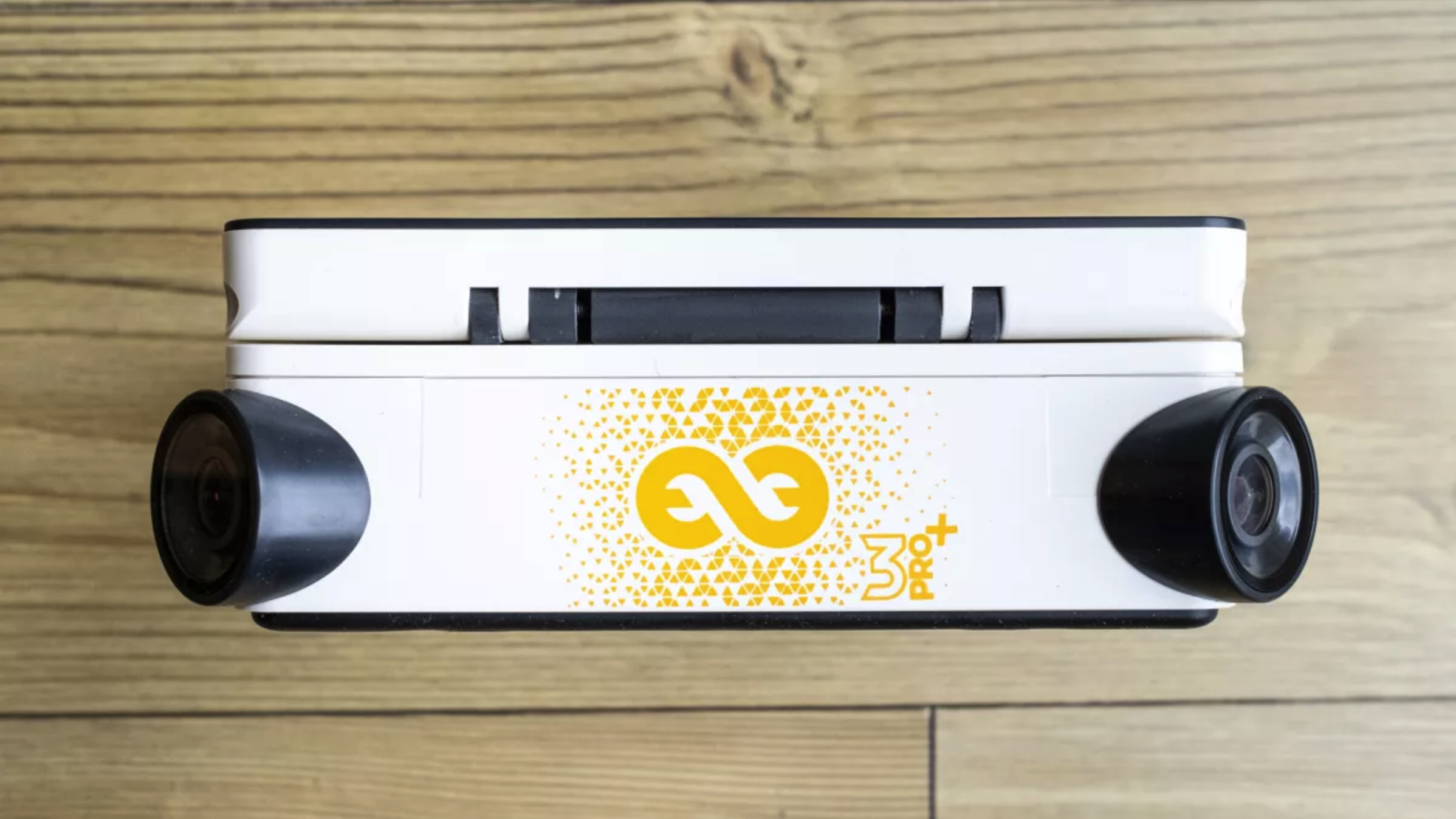
Specifications
Reasons to buy
Reasons to avoid
Enlaps Tikee 3 Pro+ sample video
It isn’t often we give a product the full five stars and describe it as an “absolute professional powerhouse,” but that’s exactly what we said about the Enlaps Tikee 3 Pro+. Money no object, this is the timelapse camera to buy – but because money is an object for most buyers, and the Tikee weighs in at a hefty €1,500, this is a device recommended primarily for professionals.
If you’ve the cash to splash, the 3 Pro+ has dual wide-angle camera with up to 6K resolution, as well as Wi-Fi and 4G connectivity for remote access anywhere in the world. There’s even a built-in solar panel to keep the battery topped-up on longer projects, and for more demanding work an external panel is also available – albeit for an extra €459.
Costs also escalate when you sign up to Enlaps’ My Tikee subscription service, which has a sliding scale of cost and functionality. Subscriptions start at €59 per month or €420 per year, but cost more if you want to take advantage of Enlaps’ artificial intelligence dashboard and other backend features.
The camera is weatherproof without needing an additional case and there’s a slot for a SIM card to create a 4G connection in locations without Wi-Fi, plus a standard tripod thread for mounting. A data connection isn’t required, although the camera can only be controlled when either connected directly to the Tikee Remote phone and tablet app, or via a data connection to the Enlaps website. Images are stored locally to a MicroSD card, or uploaded on the fly if the camera has a Wi-Fi or 4G connection to the cloud.
Enlaps’ AI tools are particularly clever. The camera can be used to monitor variables like the time and position of truck deliveries on a construction site, or to check safety clothing like hard hats and high-vis vests are being worn by everyone on site.
Even at this price point, finding the perfect timelapse camera is tricky. One of the timelapses we shot for our review exhibited some strange distortion, likely the result of the slight barrel distortion the dual cameras create, along with the visible curvature of the earth in that particular timelapse.
Read our full Enlaps Tikee 3 Pro+ review
The best timelapse camera for simplicity
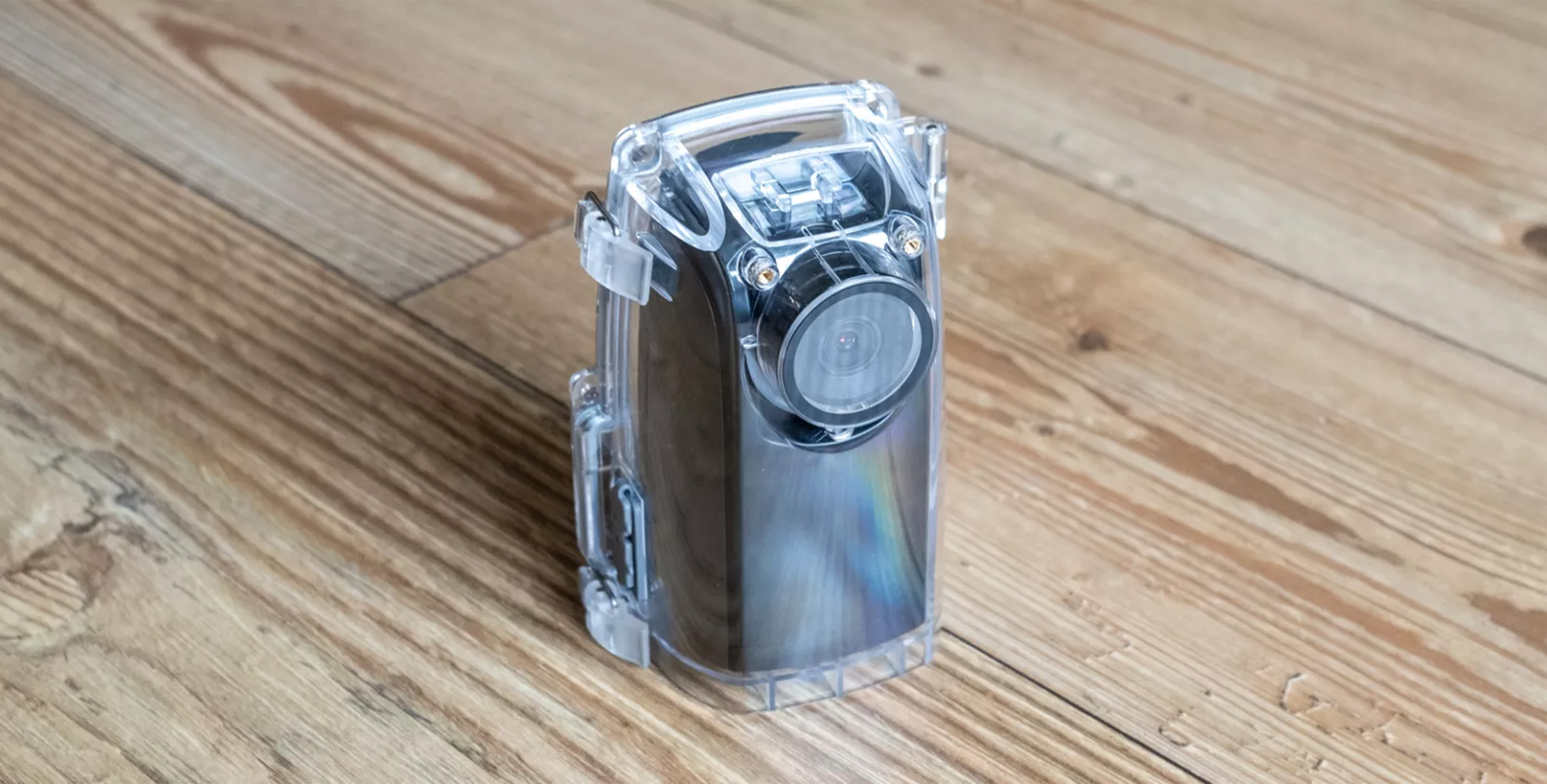
Specifications
Reasons to buy
Reasons to avoid
Brinno TLC 300 sample video
If you're looking for a timelapse camera that's easy to use, this is the one for you. During our testing we loved how simple the Brinno TLC 300 is to operate, along with its tilting lens and long battery life.
Instead of packing it full of features, Brinno has stuck with a 'less is more' approach for the 300, ensuring the camera captures good quality timelapses over long or short periods and in all weather conditions, thanks to the waterproof housing included in the BCC300-C kit tested for our review and priced at around $300.
This camera is powered by four AA batteries that are claimed to last for up to 100 days when shooting an image every five minutes. This means lengthy timelapse projects documenting how your garden changes through the seasons, or of the building of an extension, are certainly possible with this camera. Zoom lenses are available to buy separately, but cannot be used with the waterproof case.
This model is slightly larger and heavier than the Brinno TLC 2020 mentioned earlier, but still relatively compact. There's also a convenient tripod screw for attaching via clamps or suction cups to just about anything.
We found the 1.44-inch LCD screen quite small but bright and easy to view in sunlight, with the exposure shown on-screen true to what the timelapse will actually look like. White balance cannot be adjusted, but there are three shooting modes available, called Day, Twilight and Night.
Our only gripes with the TLC 300 are its lack of 4K resolution, and there being no remote control via smartphone, web or a dedicated controller. If those features are crucial to you, then you'll need to look elsewhere.
Read our full Brinno TLC 300 timelapse camera review
The best budget timelapse camera
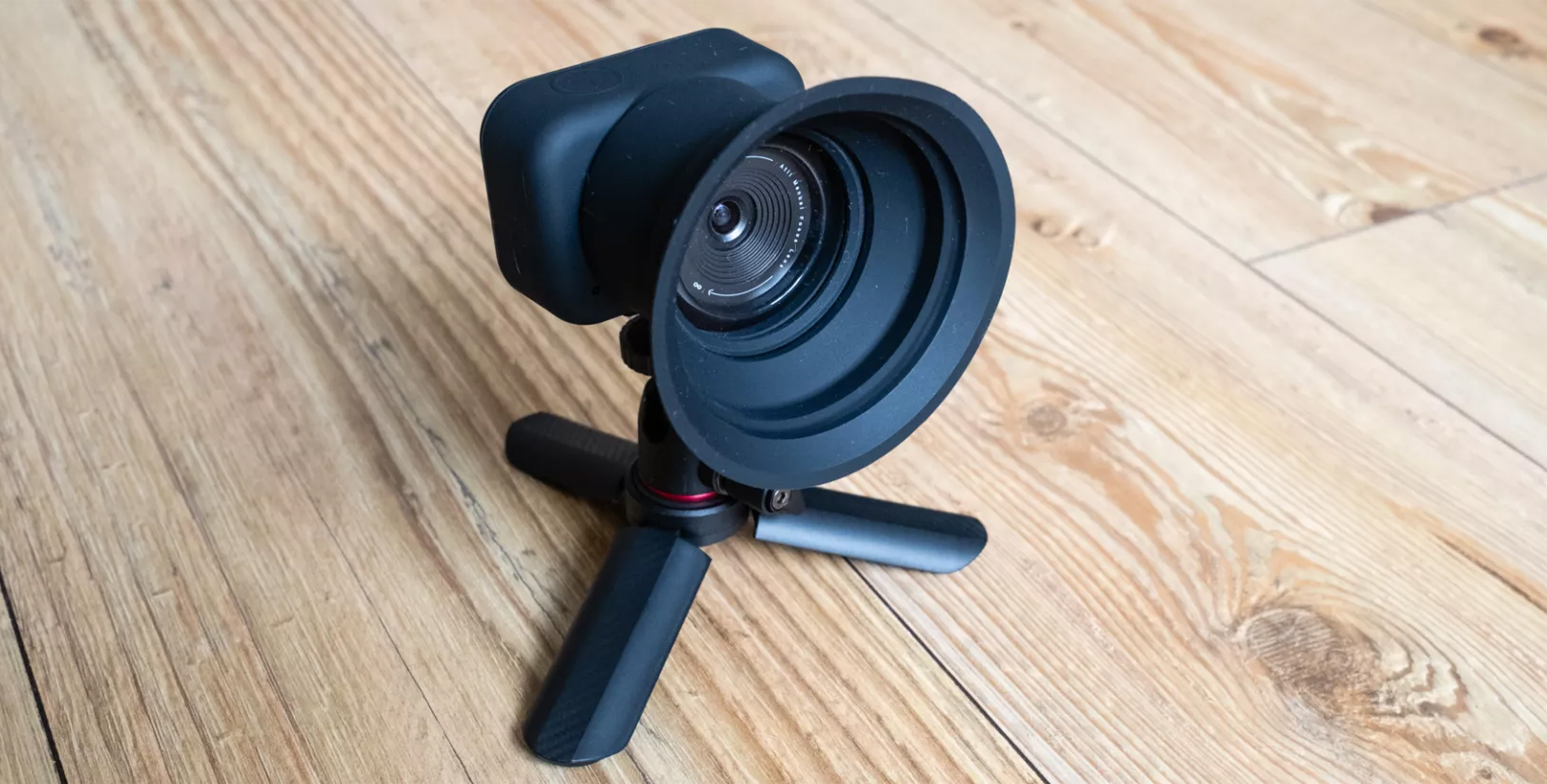
Specifications
Reasons to buy
Reasons to avoid
Atli Eon sample video
The sub-$200 Alti Eon is our pick for those who want a timelapse camera on a budget. We like how easy it is to use, how you get a live preview of what’s being recorded through the smartphone app, and how this is a timelapse camera that can be powered externally for longer projects.
Simplicity is the name of the game here, with nothing more than a power button and a manual focus ring on the camera itself. The rest of the controls are handled via the aTLi Cam smartphone application, which talks to the camera via its Wi-Fi connection.
Small and lightweight, the Eon weighs just 125g with its battery installed, and measures just 54 x 70 x 50mm. The camera comes with a silicone lens hood for waterproofing and a UV filter, plus a mini tripod, a USB cable and a 16GB microSD – in other words, everything you need to start shooting your first timelapse videos.
Although simple, there are some useful features baked in. You can set the camera to only record at certain times of day – to capture a house building project during daylight hours while skipping nighttime, for example – while claimed battery life is up to five days. For longer shoots you can hook up external power via the camera’s USB-C port.
We found image quality isn’t as good as some smartphones, but that’s the compromise when paying a relatively small amount of money for a compact device like this. That said, there are options to manually adjust white balance, ISO and shutter speed.
The best action camera with timelapse function
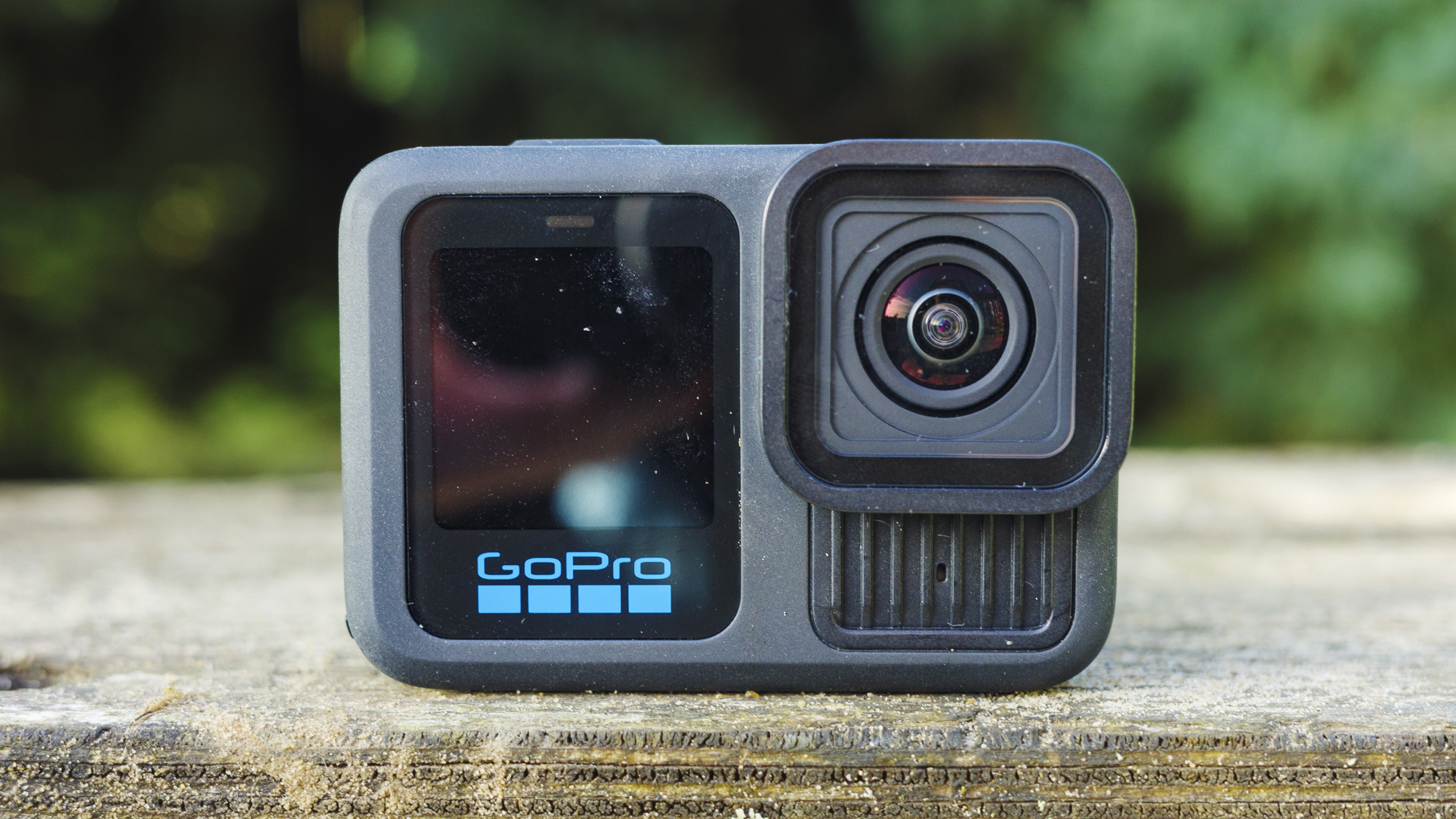
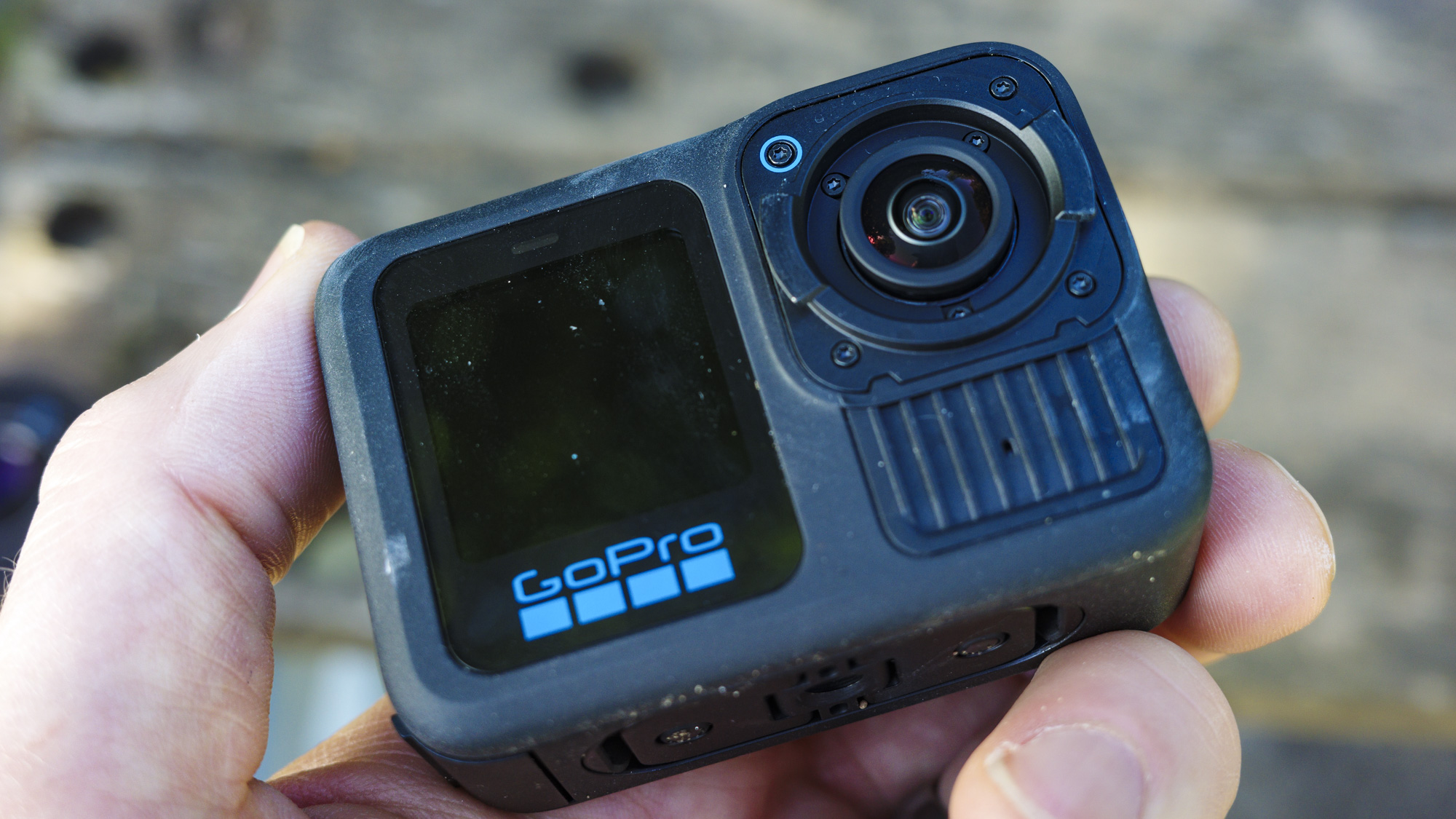
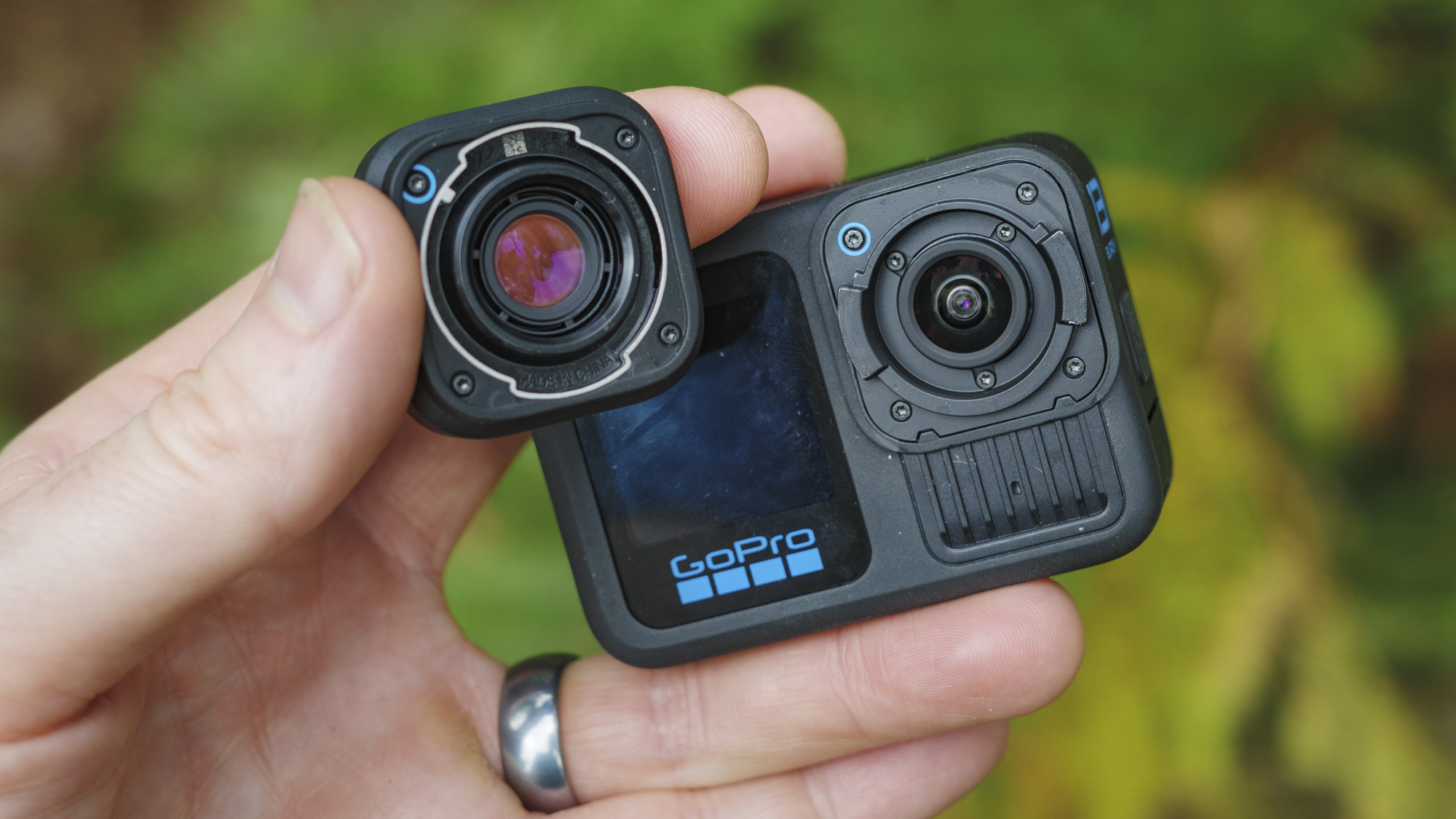
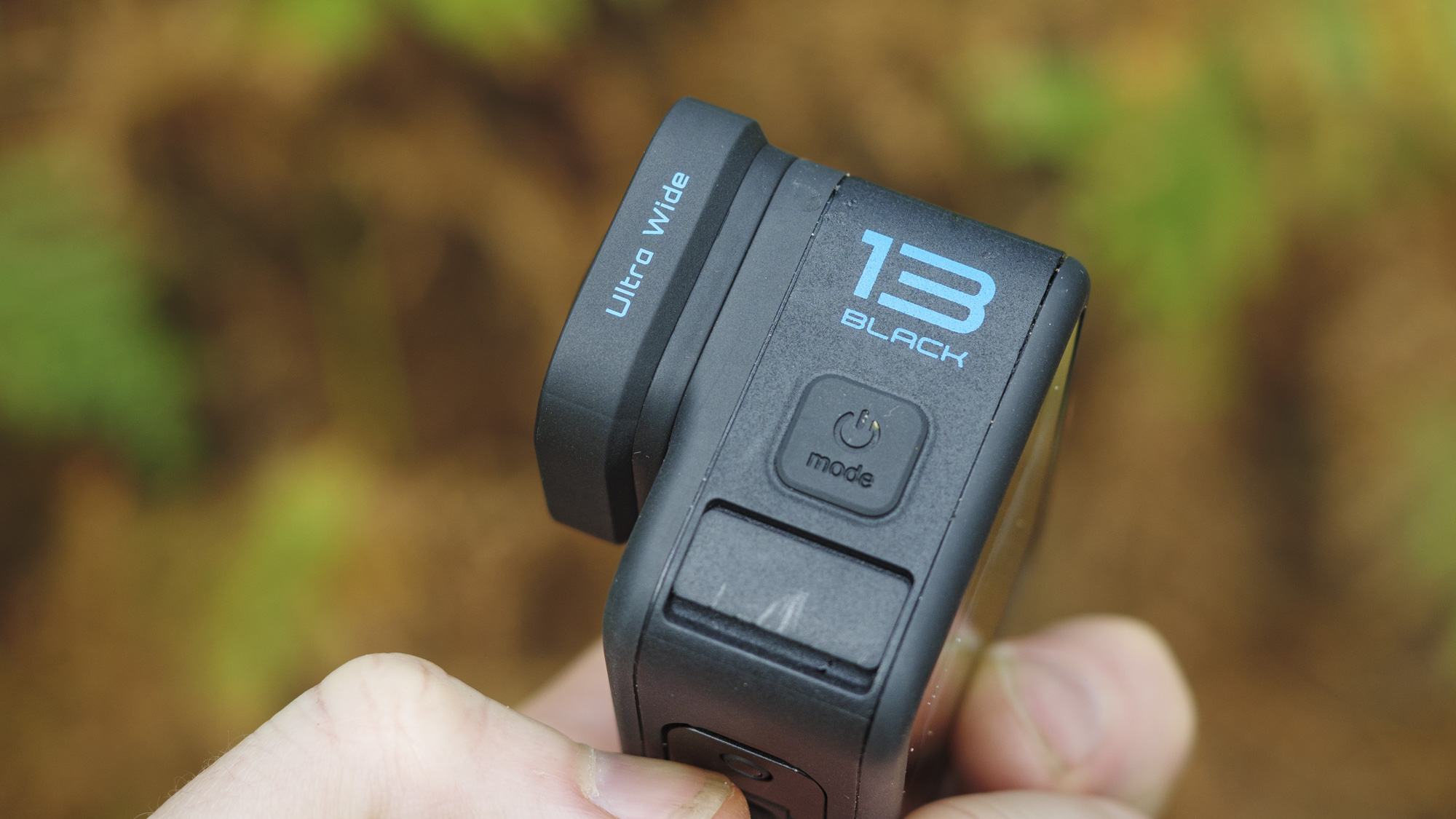
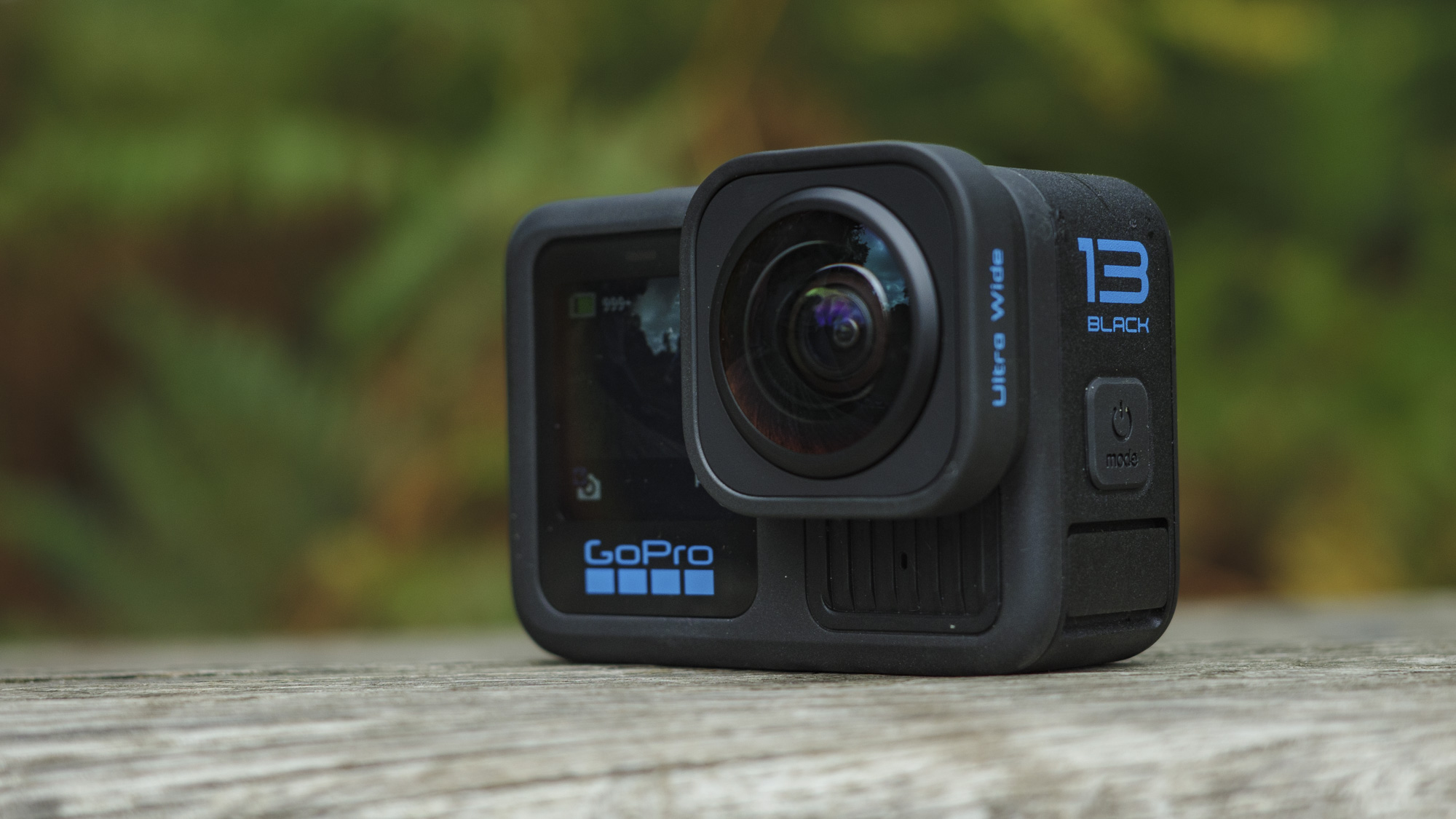
Specifications
Reasons to buy
Reasons to avoid
GoPro Hero 13 Black sample video
It’s not a purpose-built timelapse camera, but we think the GoPro Hero 13 Black is a great choice if you want something compact and rugged that can also shoot sharp, stable video. In our tests, we found its touchscreen interface simple to operate. Settings are easy to access in the dedicated Time Lapse mode, with intervals ranging from half a second to an hour. Sequences can be recorded at up to 5.3K resolution, which is among the highest in this list.
Presets make it straightforward to capture creative timelapses. Night Lapse is designed for shooting after dark, complemented by three self-explanatory modes for specific scenarios: Star Trail, Light Painting and Vehicle Lights – all of which worked effectively in testing. We were also impressed by Time Warp, which applies HyperSmooth stabilization to timelapses shot while moving.
New Lens Mods make the Hero 13 Black even more appealing, although they are costly extras. The ultra wide lens mod in particular expands the field of view and is ideal for working in tight spaces.
With the Enduro battery shipped as standard, battery life is decent and better than the Hero 12 Black's, if not outstanding. For longer timelapses, the option to power the GoPro externally is a welcome one, with the new magnetic and waterproof 'Contacto' charging connector an excellent accessory. Add the Hero 13 Black’s 8:7 aspect ratio sensor, which makes it easier to export high-resolution timelapse footage for different platforms, and we think it’s comfortably the best action camera for recording timelapse content.
Read our in-depth GoPro Hero 13 Black review
The best GoPro alternative for timelapse photography
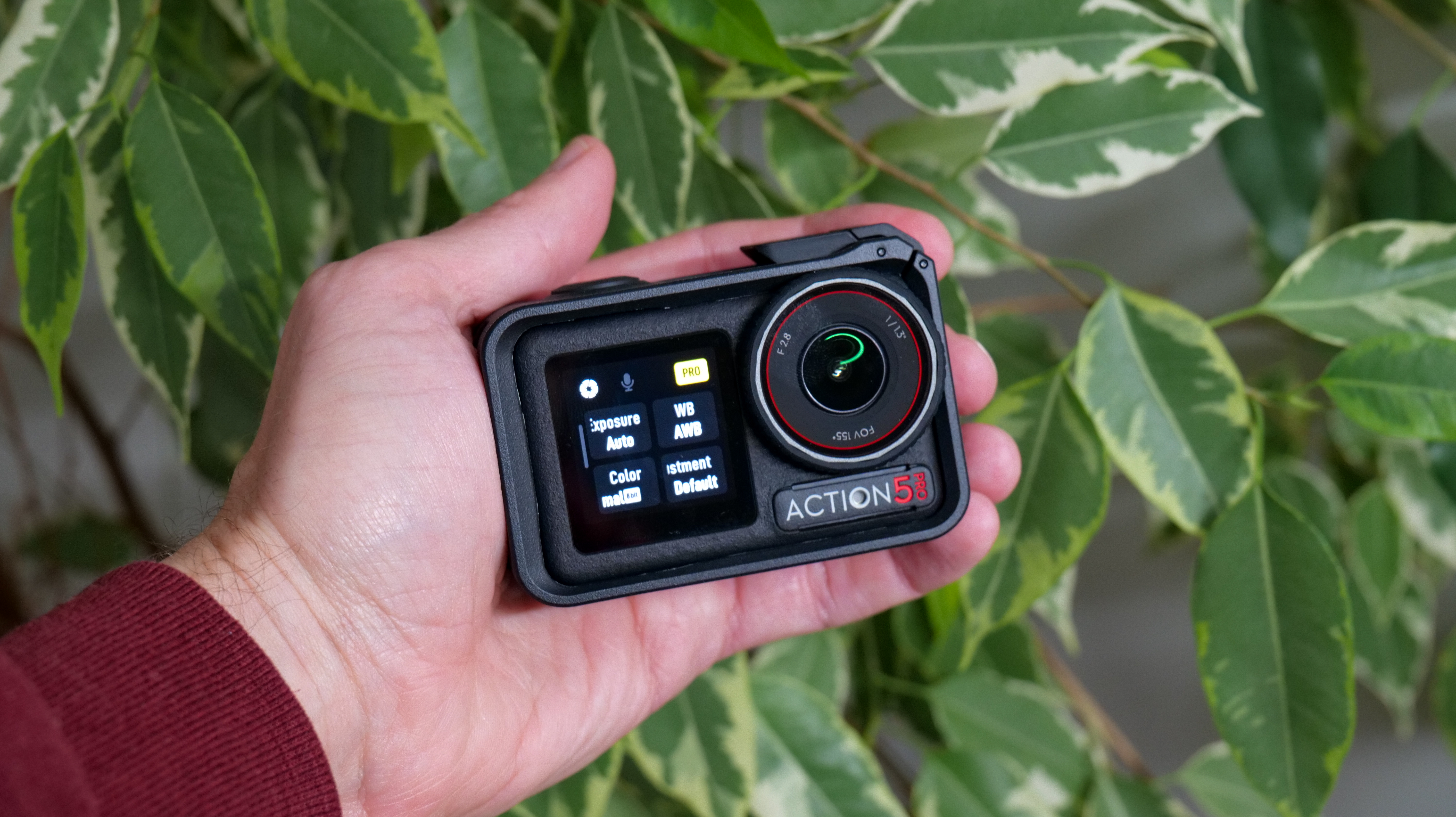
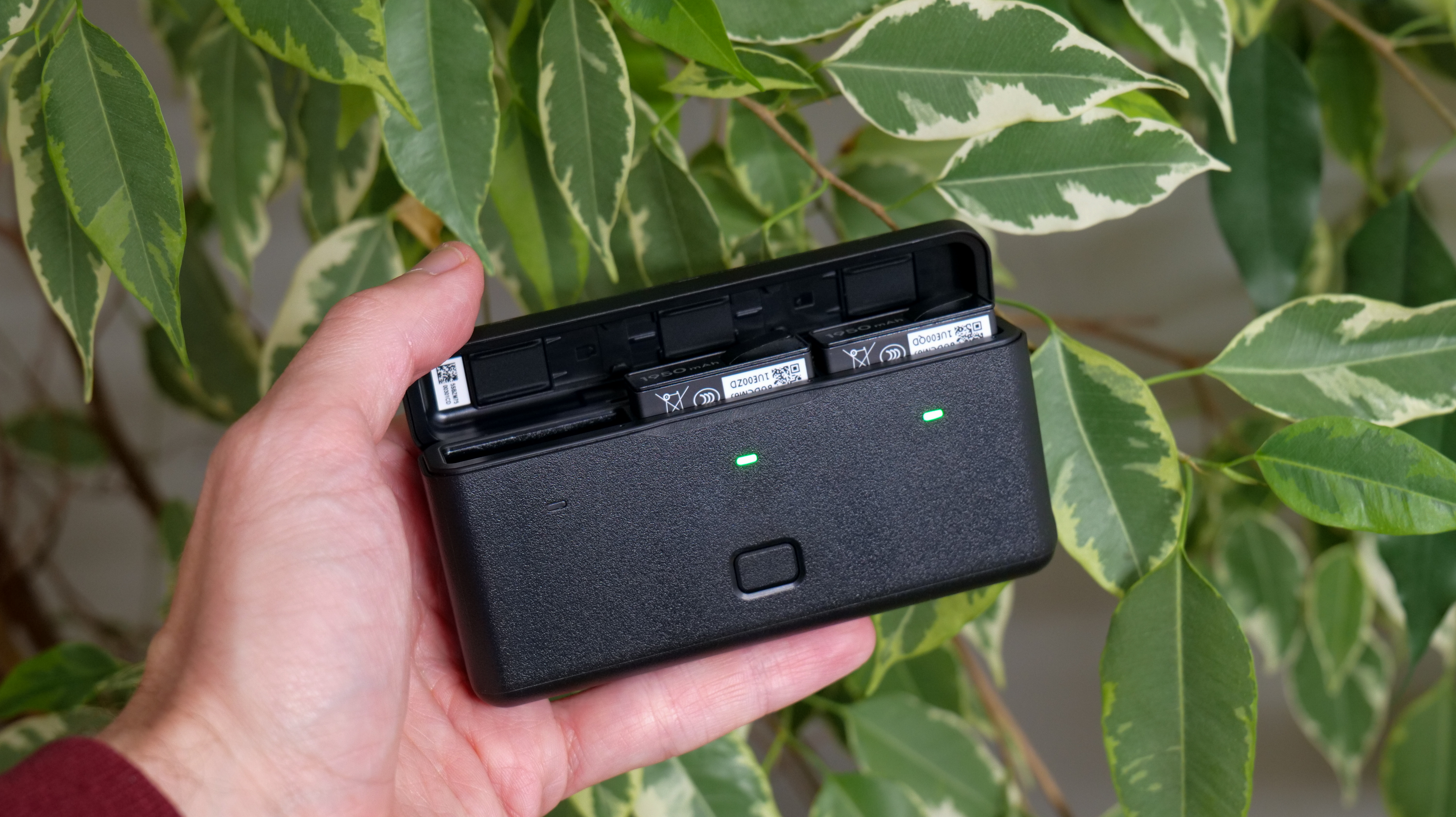
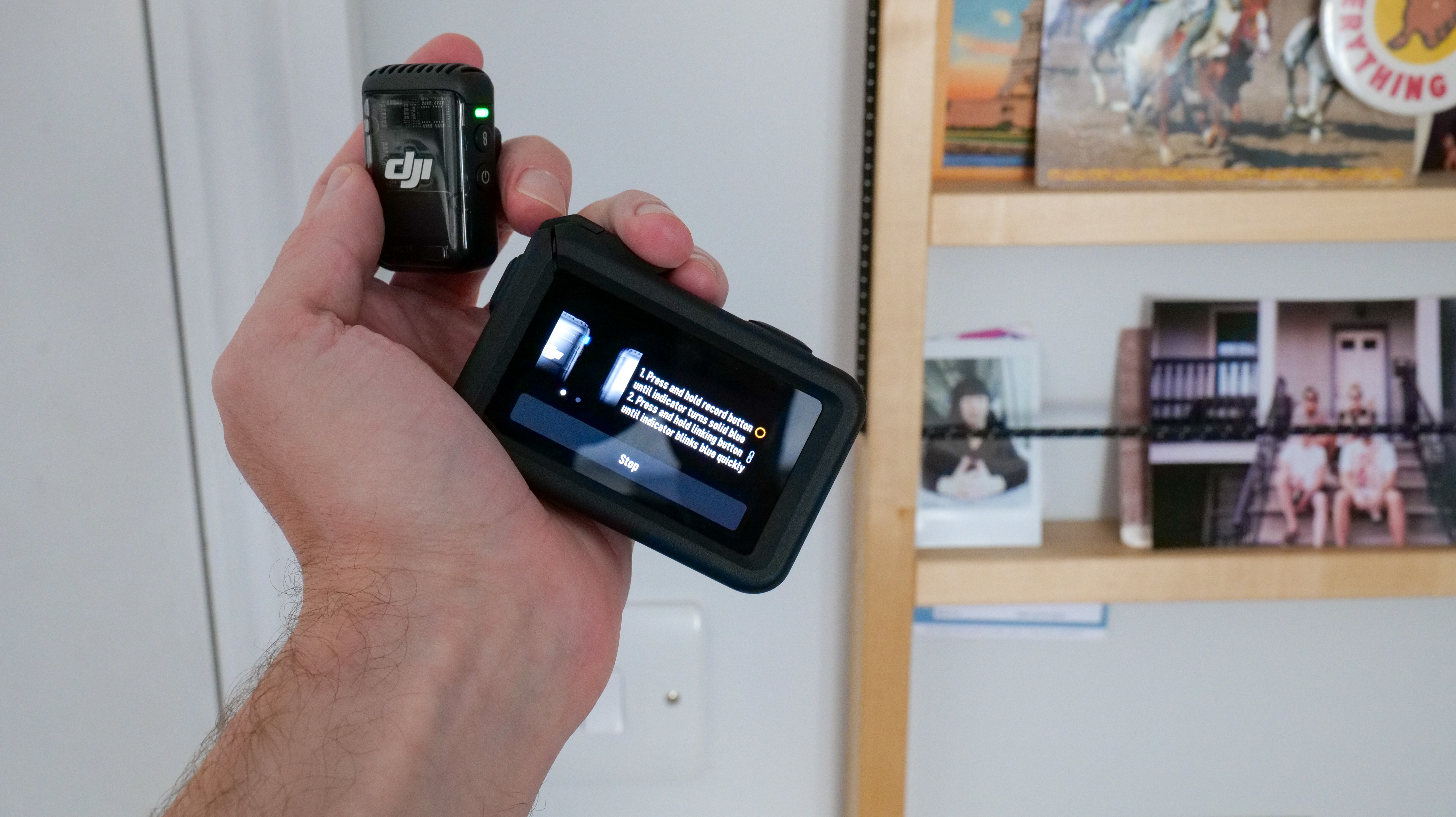
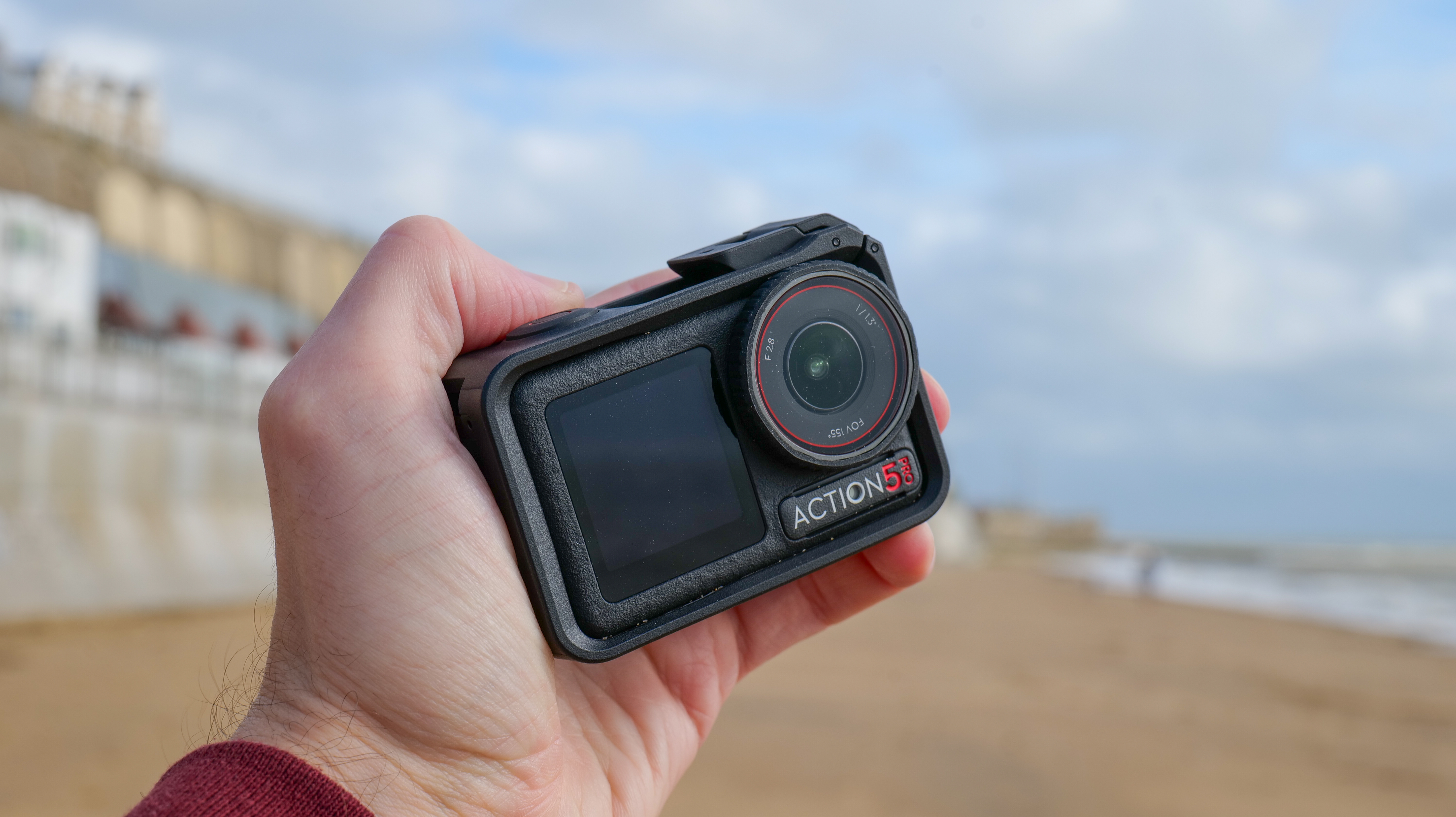
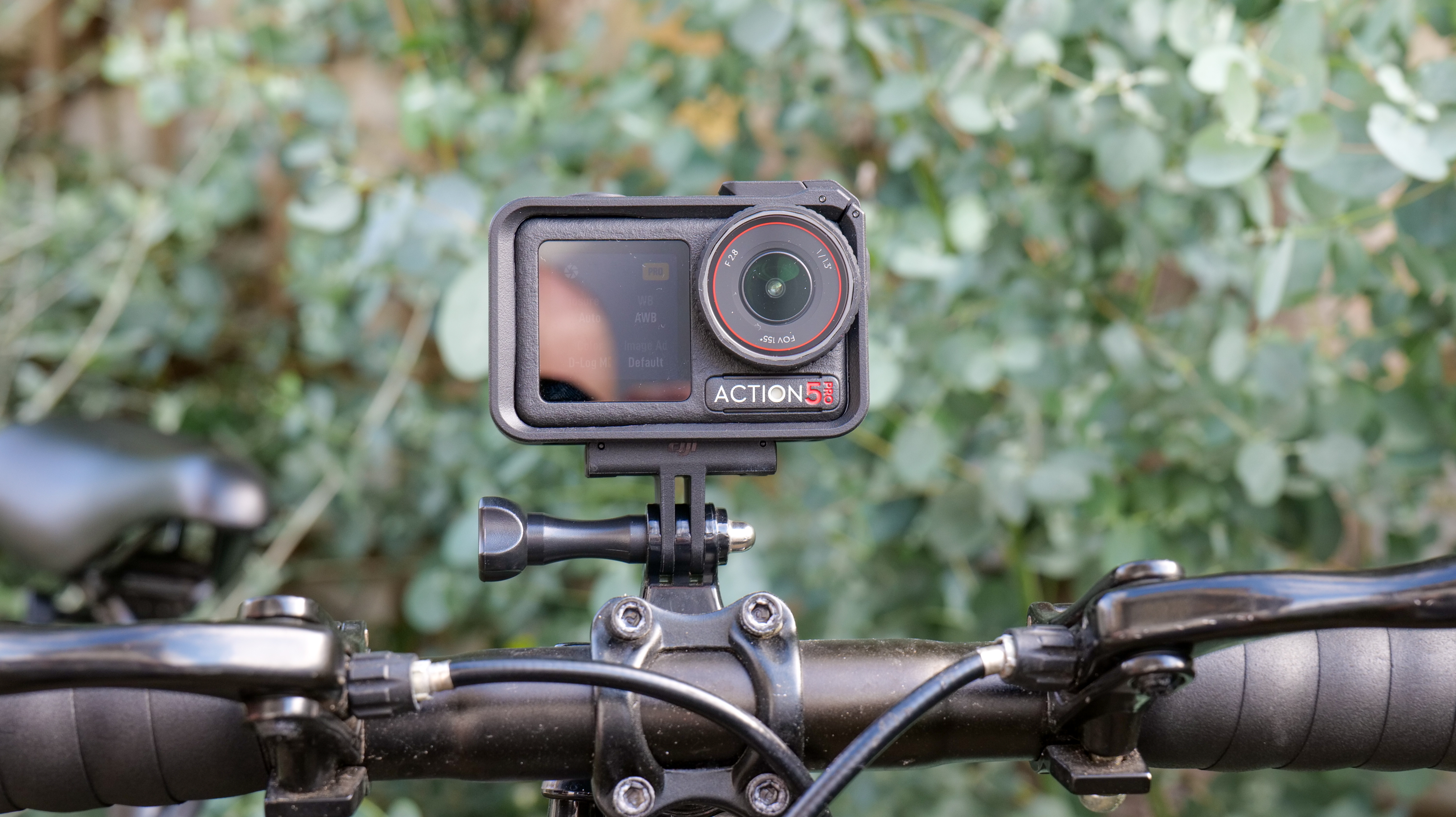
Specifications
Reasons to buy
Reasons to avoid
DJI Osmo Action 5 Pro sample video
Like the GoPro Hero 13 Black, the DJI Osmo Action 5 Pro is a capable action camera that also has a dedicated timelapse mode. From our review, it stands out in a few ways: it performs better than the Hero 13 Black in low lighting, it features brighter twin OLED screens, has 47GB of internal storage, plus its battery life is even longer. Crucially, it can also be bought for less than the GoPro.
As with the Hero 13 Black, the Osmo Action 5 Pro’s timelapse setting allows you to adjust shooting intervals, although we found the maximum interval of 40s more restrictive in testing, particularly for longer videos. At 4K, the resolution is also impressive, although dwarfed by the 5.3K output of the Hero 13 Black.
The Osmo Action 5 Pro doesn’t have a dedicated setting for shooting timelapses at night, and creative compositions such as light painting will require manual configuration. That said, we found that the Osmo Action 5 Pro’s larger sensor size means it generally performs better than the GoPro in low light. If you want a more affordable action camera for timelapse photography, we think the DJI Osmo Action 5 Pro is a solid choice.
Read our in-depth DJI Osmo Action 5 Pro review
How to choose a timelapse camera
How to choose the best timelapse camera for you
The biggest question to ask yourself is, do you want a dedicated timelapse camera, or a camera that also has a good timelapse function? If it's the latter then you will be best served by an action camera like the GoPro Hero 11 Black or DJI Osmo Action 3.
If, however, you want a dedicated timelapse camera, then your primary concern should be that of cost versus quality. If you want professional results and don't mind spending whatever it takes, then the Enlaps Tikee 3 Pro+ is a fantastic option, with 6K resolution, remote access, AI capabilities and even a solar panel for constant power.
But not everyone has circa-€2,000 to spend on a timelapse camera. If that includes you, then we recommend Brinno and either the BCC300 in which simplicity is key, or the TLC 2020 if you want a bit more flexibility. Both of these are easy to use, with a long battery life and compact form factor.
Which key features should you look out for?
As with all cameras, the sensor resolution and lens field-of-view are important aspects to consider before making a purchase. With timelapse cameras, key features to look out for include battery length, power options like the ability to attach an external battery or solar panel, and which shooting modes are available.
Along with shooting modes, look out for what options can be tinkered with to get the results you want.
Standard features of timelapse cameras include the option for picking your own project length (how long the camera records for) and the interval time between each image captured. Projects with shorter intervals use up the battery more quickly than those taking images more slowly.
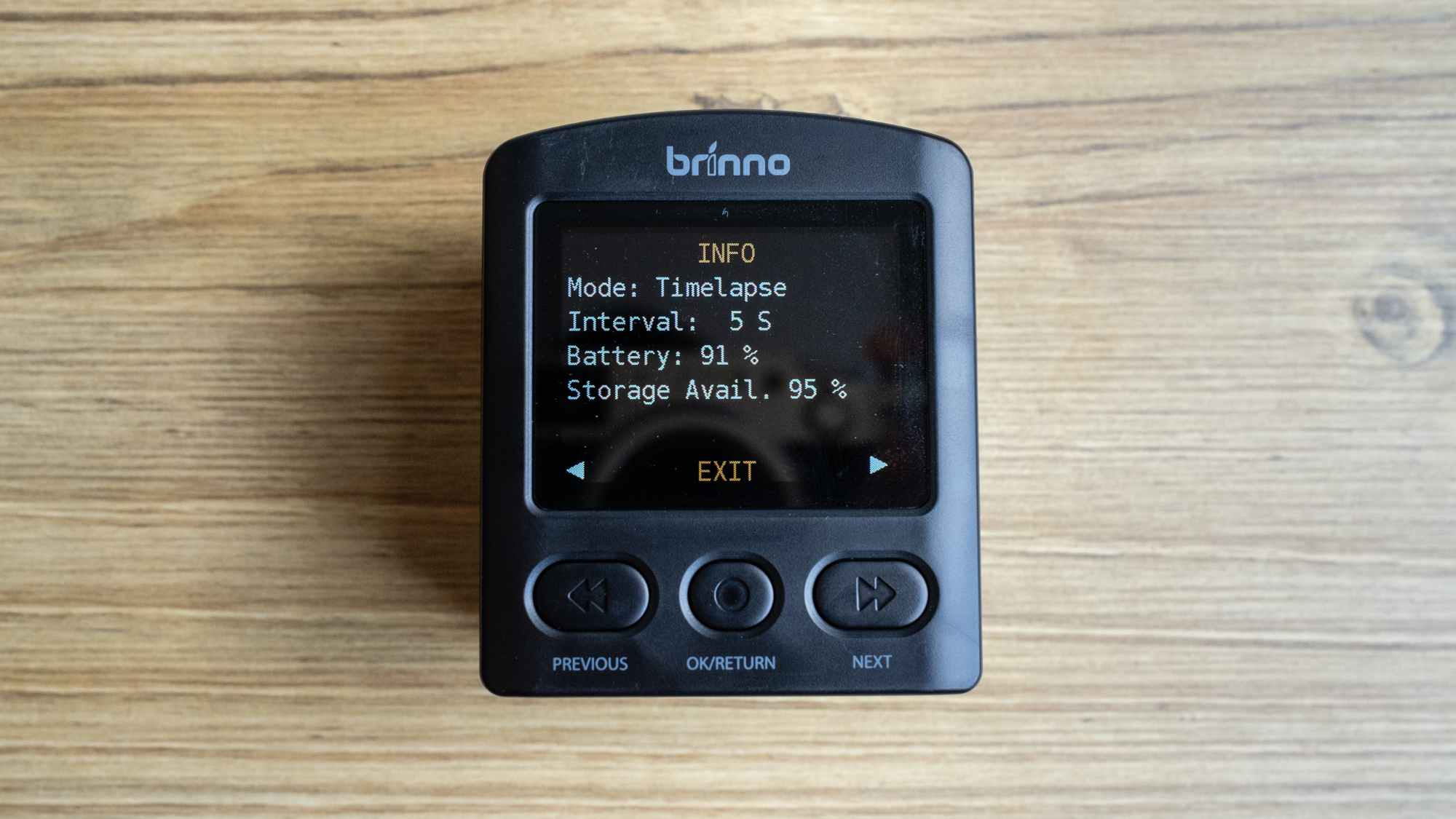
Some models let you adjust the white balance, ISO, shutter speed and other variables, but not all.
Lastly, look out for weatherproofing options if you intend to record for long periods outside, and check if plugging a power cable in reduces the camera's water resistance.
Can I use a GoPro?
Yes, you can. GoPros – and other action cameras, like the DJI Osmo Action 3 also highlighted above – have timelapse functions. GoPro leaned into timelapse more than DJI, as the latest Hero 11 Black offers a few different modes, including the ability to create timelapse footage of stars streaking across the night sky, or vehicle lights painting neon lights along a twisting road. By contrast, the DJI Osmo Action 3 has a simple timelapse mode with no additional features.
No action cameras can match the results of a dedicated timelapse camera, but they can be more cost-effective if you want a small, portable camera than can do a bit of everything.
Can timelapse cameras be powered by an external battery?
Some can, but not all. The two Brinno timelapse cameras featured in this guide run on AA batteries. This may seem rather quaint in today's world of lithium-ion battery packs, but with no power-hogging components like Wi-Fi antennas and large, touchscreen displays, AAs are all some timelapse cameras need.
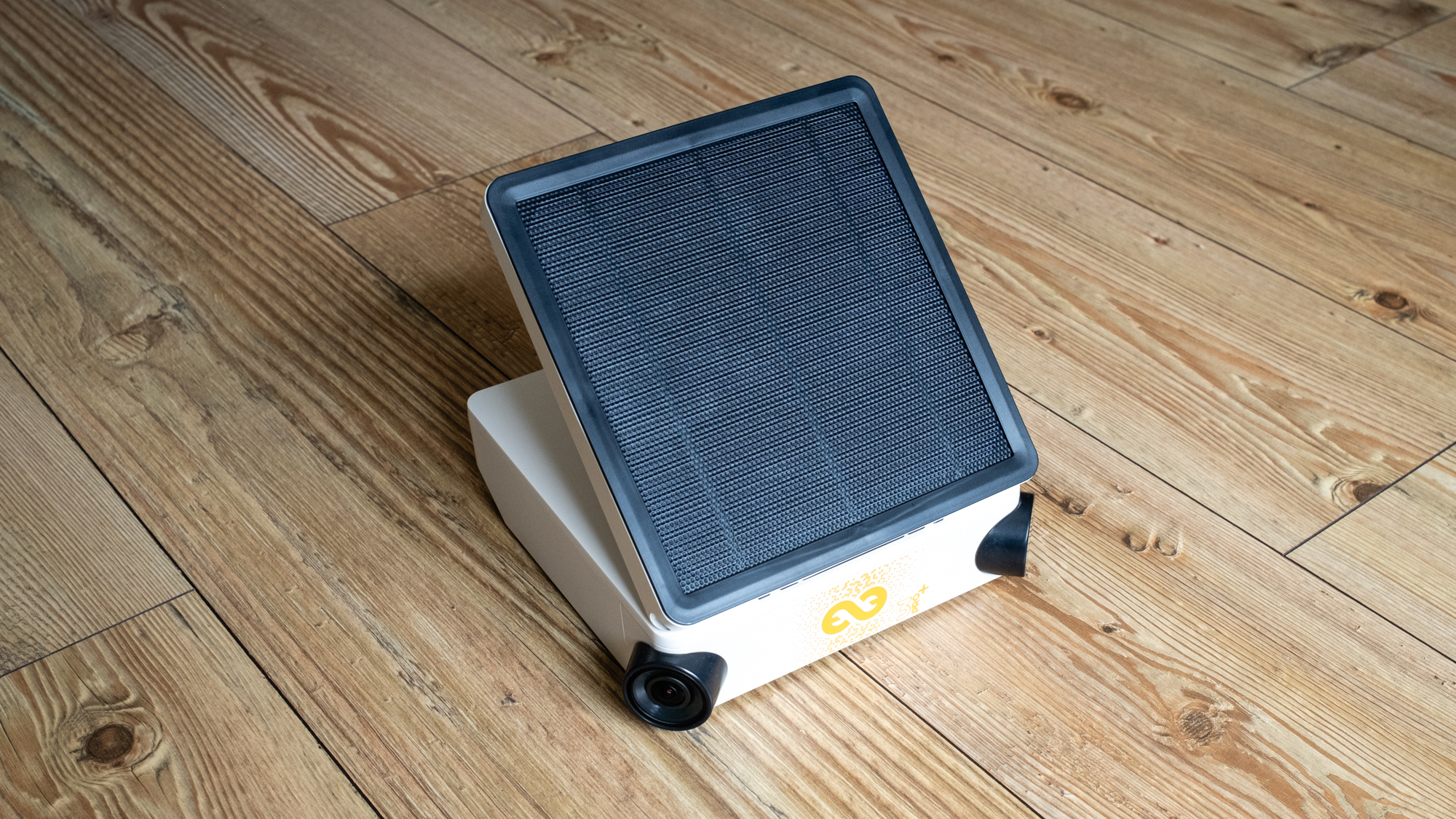
Others, like the Atli Eon, can be connected to external power while professional options like the Enlaps Tikee 3 Pro+ have an integrated solar panel for keeping the integrated battery topped up during extended recording sessions.
How we test timelapse cameras
We test dedicated timelapse cameras over several days in different locations to see how they cope with different weather conditions and environments, assessing factors such as ease of use, build quality and battery life, as well as overall image quality, to confirm that all of our recommendations hit the mark. The focus of our testing is the time-lapse functionality rather than any other features that may be available, although additional features have been covered in our reviews.
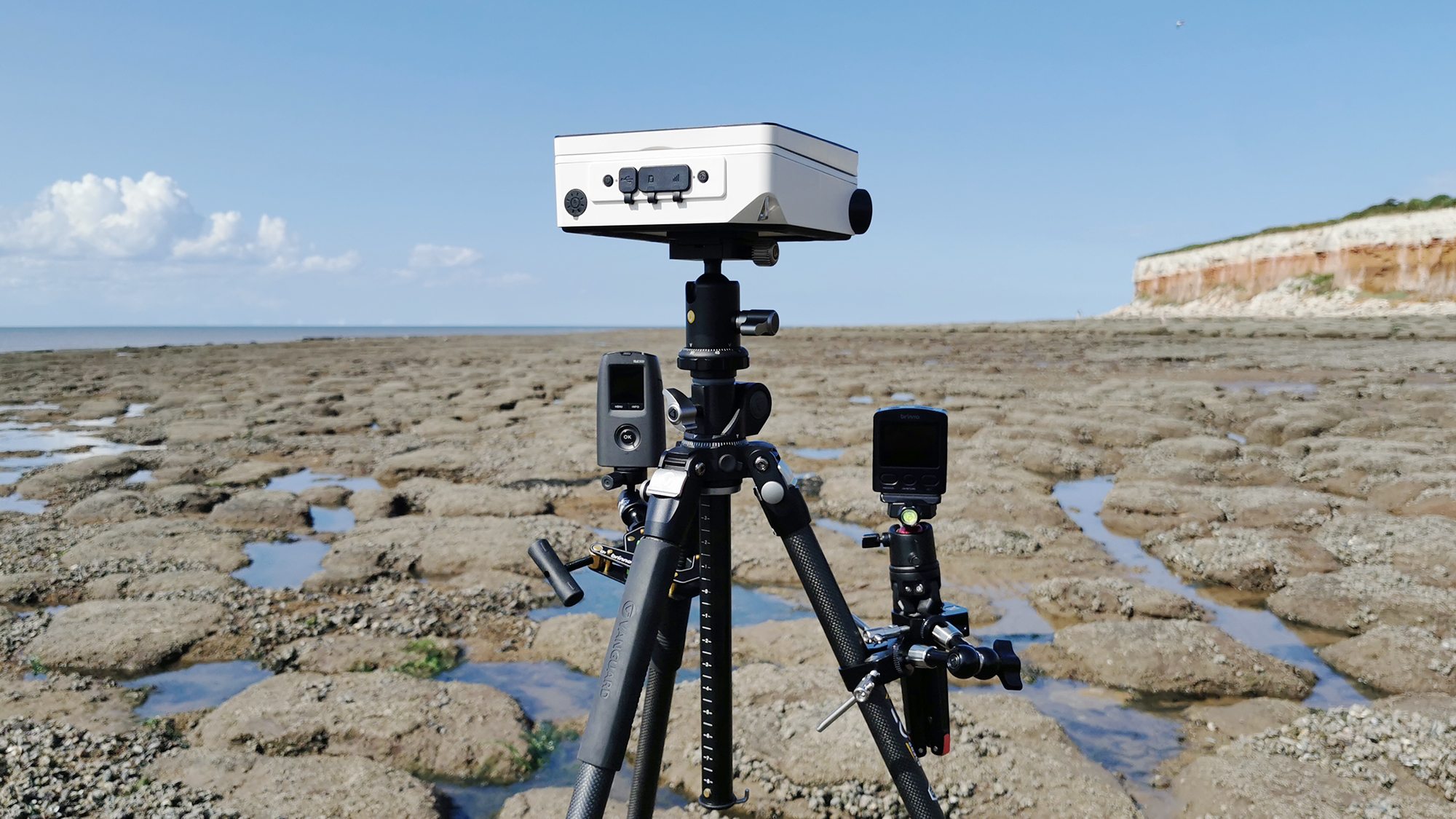
Timelapse seqeuences captured range from 30 minutes to several hours depending on the interval frequency. Crucially, the battery life of these dedicated cameras can last several days and even months with those connected to solar power. It has not always been possible to capture sequences over extended periods that these cameras are capable of, but we have used long-term scheduling functionality to test ease of use and reliability.
With decades of photographic experience and having shot timelapse sequences with DSLR, mirrorless, compact, action and smartphone cameras, we've found dedicated time-lapse cameras much easier, providing straight out-of-camera videos without the need to process photos and convert them into a timelapse.
Get daily insight, inspiration and deals in your inbox
Sign up for breaking news, reviews, opinion, top tech deals, and more.
Alistair Charlton is based in London and has worked as a freelance technology and automotive journalist for over a decade. A lifelong tech enthusiast, Alistair has written extensively about dash cams and robotic vacuum cleaners for TechRadar, among other products. As well as TechRadar, he also writes for Wired, T3, Forbes, The Independent, Digital Camera World and Grand Designs Magazine, among others.
- Timothy ColemanCameras editor
